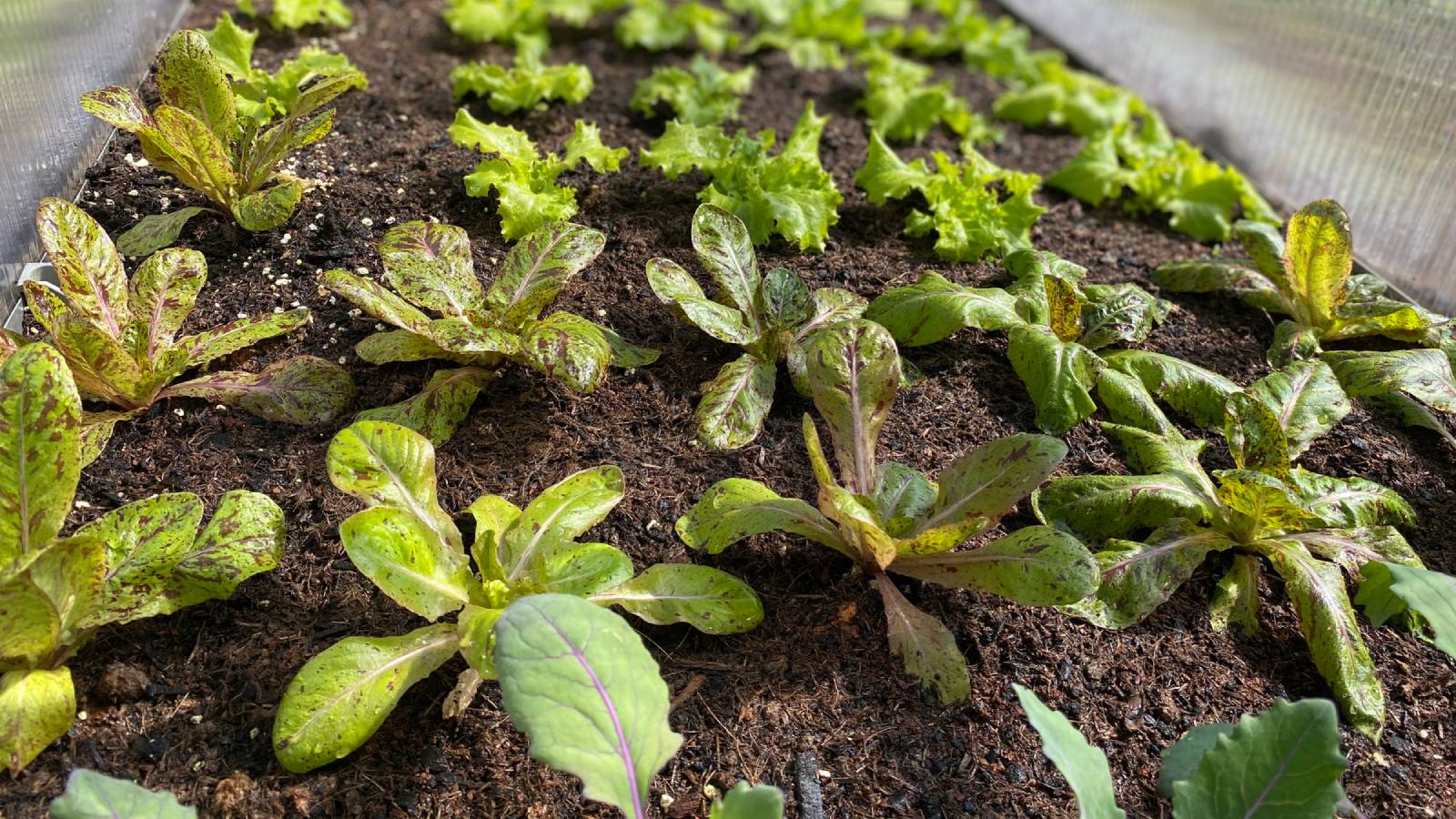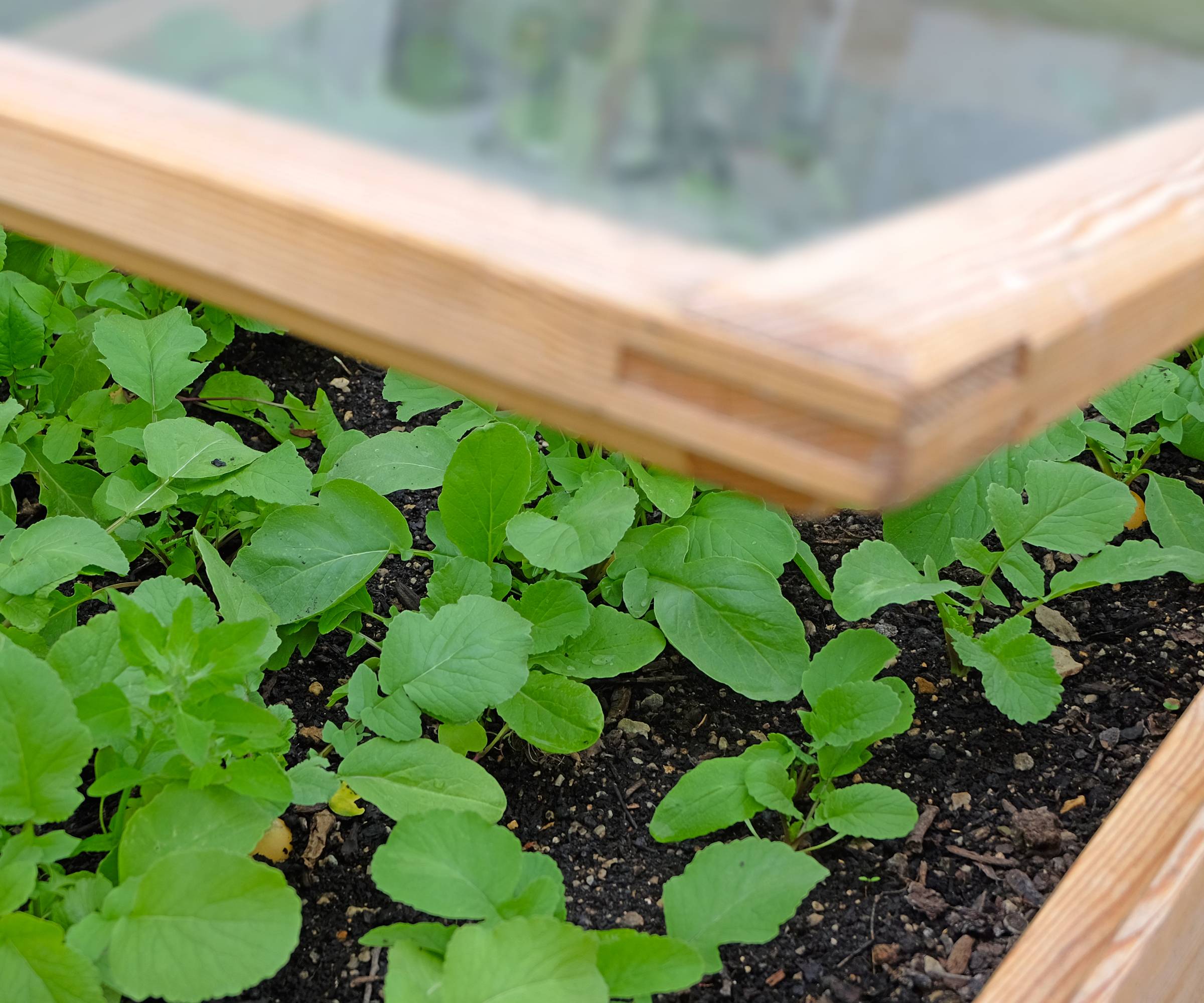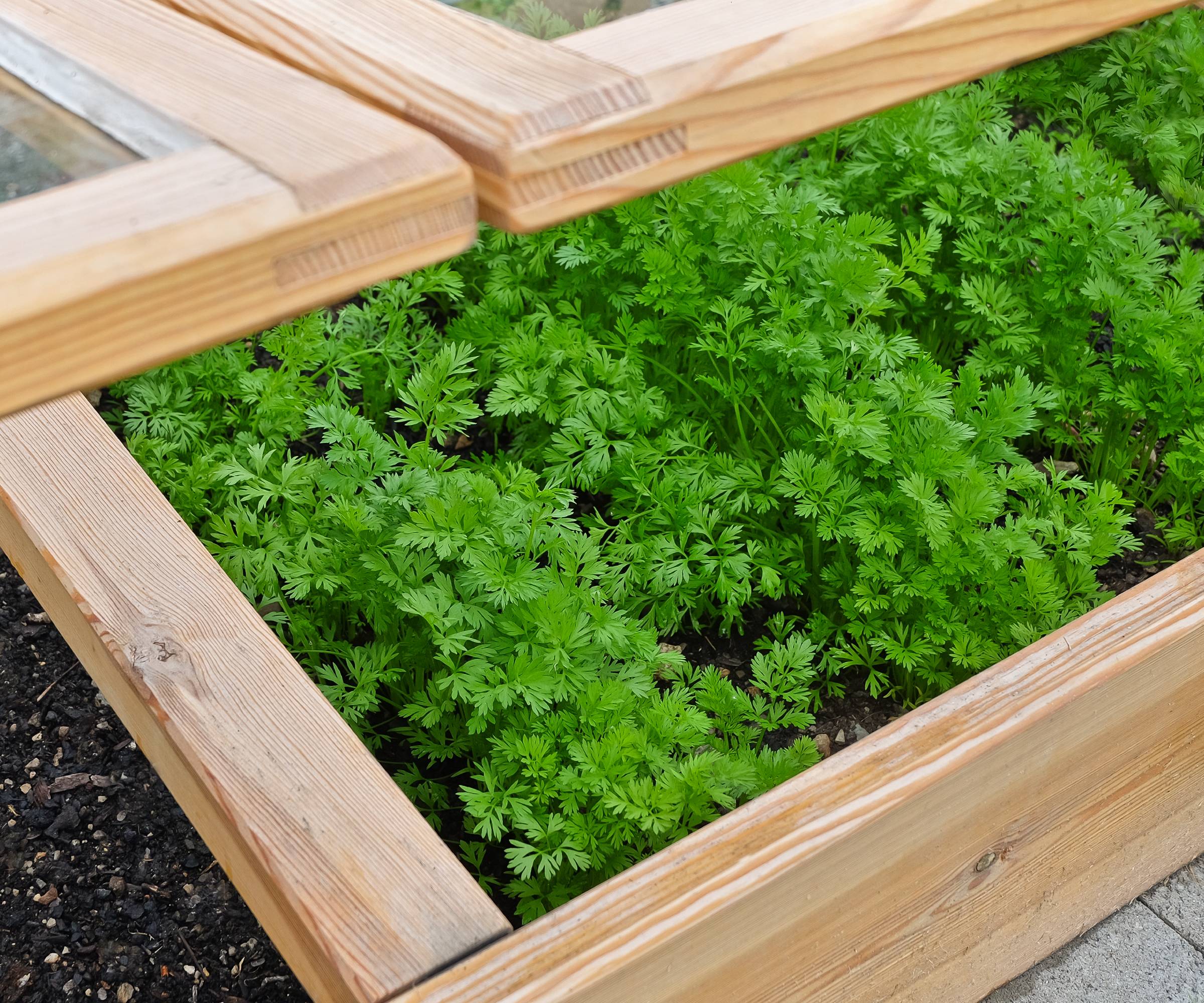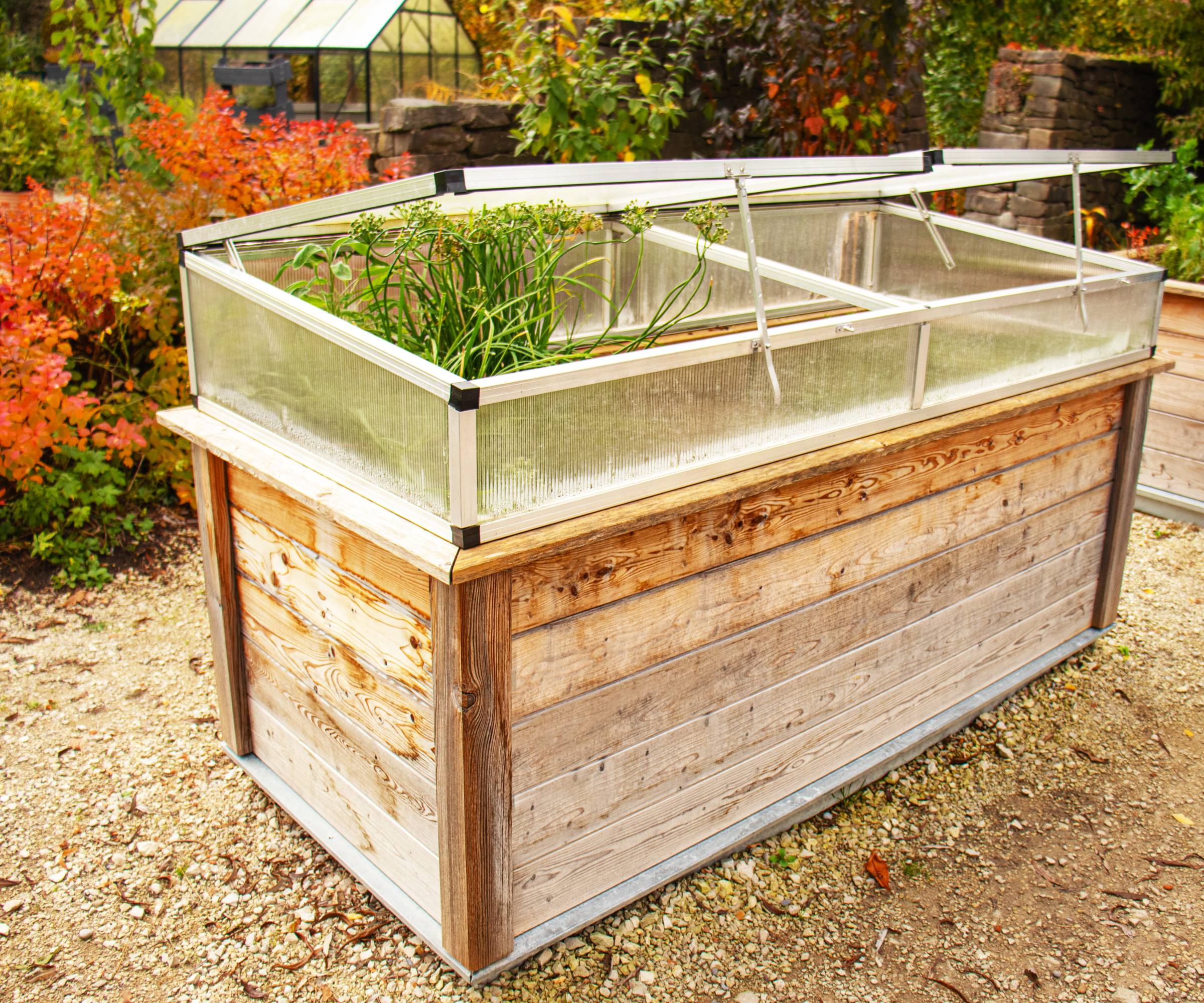Why Wait for Spring? Plant These 13 Cold-Frame Crops in Fall for an Early Harvest
Keep the party growing by planting cold season crops in a cold frame this fall.


Cold frame crops are vegetables you plant in a structure that acts a little bit like a miniature greenhouse. It provides some protection from cold temperatures, frosts, and freezes, allowing you to extend your growing season and get an early spring harvest.
Here, we show you how to use cold frames to enjoy a longer growing season. We’ll explain how to use a cold frame for early crops, which plants will work best, how to care for them over the winter, and common mistakes to avoid.
Why Start Crops in a Cold Frame in Fall for Spring Harvests?

Cold frame gardening is a useful way to extend the growing season in most regions. Unless you live in a very mild climate, winter interrupts plant growth and forces them into dormancy.
There's more than one way to extend your garden’s growing season, but a cold frame offers specific advantages. One benefit is that they’re small. They act like greenhouses, but don’t require you to build a large structure. In fact, you can find them in compact sizes that fit your space, like this Giantex portable cold frame on Amazon, or this extra tall cold frame from Home Depot.
A cold frame doesn’t provide as much warmth as a greenhouse, but it does provide some protection for earlier germination and a more controlled environment. Especially if you have a shorter growing season, this gardening method is useful for getting more produce in the shoulder season of spring.
Choosing and Preparing Crops for Your Cold Frame
When doing a fall planting for spring harvest, start with the soil. Your cold frame should contain high quality soil, not just garden soil or topsoil. Make sure the bed has good drainage and that the soil is enriched with compost or other organic material, like R&M Organics Premium Organic Compost on Amazon.
Next, select the plants best suited to cold frame growing. These will be plants that have some cold hardiness. Here are some great options:
Sign up for the Gardening Know How newsletter today and receive a free copy of our e-book "How to Grow Delicious Tomatoes".
- Broccoli
- Cabbage
- Carrots
- Cauliflower
- Chard
- Garlic
- Kale
- Onions
- Parsnips
- Peas
- Radishes
- Spinach
- Turnips
How to Use a Cold Frame to Start Crops in Fall

A cold frame uses the shelter of the structure and sunlight to keep crops warmer than the surrounding environment. Be sure to place or build your cold frames in a sunny spot to get the most of the light and heat it provides.
Timing is critical too. Sow seeds in the cold frames about four to six weeks before your area’s average first frost date. This will give the seeds time to germinate and start growing before the coldest weather hits.
You’ll also need to plan for managing temperature and moisture, which includes allowing for some ventilation. Depending on how the sunlight hits, the interior of cold frames can get too hot for plants. This 4-in-1 soil meter on Amazon is perfect, because it measures temperature, moisture, pH, and sunlight intensity.
If it’s getting too warm (85 F or 29 C), or if you see too much moisture inside, prop it open to cool and dry the interior. Always keep the frame closed overnight.
Care and Maintenance Through Fall and Winter
Managing temperature and humidity is a chore that will last all winter. Keep an eye on the temperature, even on cloudy days before it gets very cold in winter. The temperature inside the frame can rise faster than you think.
Be prepared for cold snaps, too. If you’re expecting very cold temperatures, cover the cold frames to protect the plants. Use black plastic, straw, or mulch.
As your seeds germinate and sprout, thin seedlings and keep the strongest, healthiest ones. Water your seedlings and plants throughout winter as needed. Keep an eye on spring temperatures and the progress of the plants to determine the best time to transplant them to beds.
Common Mistakes to Avoid

Cold frame growing takes some skill and practice. You can’t simply leave seeds alone in a cold frame in fall, walk away, and expect to get a good spring harvest. Careful monitoring and maintenance are required all winter and into spring. It also helps to avoid some common mistakes:
- Planting too late. Don’t wait too long to sow seeds in a cold frame. They need at least four to six weeks before the first frost to get a good start.
- Planting the wrong things. You don’t want to grow hot-weather tomatoes or peppers in a cold frame over winter. They won’t stay warm enough. Stick with crops that tolerate some cold.
- Ignoring ventilation. Even on cool fall days, a cold frame can get very warm. High temperatures can damage your cold hardy plants. Another issue is moisture. If you let it get too damp inside the frame, you’ll be dealing with fungal infections and rot.
- Not watering. If this is your first time with a cold frame, it can be hard to remember to go outside in winter to water plants, but it’s necessary. The soil in your cold frame will remain warm enough to support plant growth, which means they need regular watering.
- Overwatering. On the other hand, it can be easy to over water when you’re unfamiliar with the environment inside a cold frame. Don’t let the soil get or stay soggy.
Cold frame gardening is a great way to extend the growing season. Use this guide to get more out of your garden and keep growing plants in cold frames through winter.

Mary Ellen Ellis has been gardening for over 20 years. With degrees in Chemistry and Biology, Mary Ellen's specialties are flowers, native plants, and herbs.